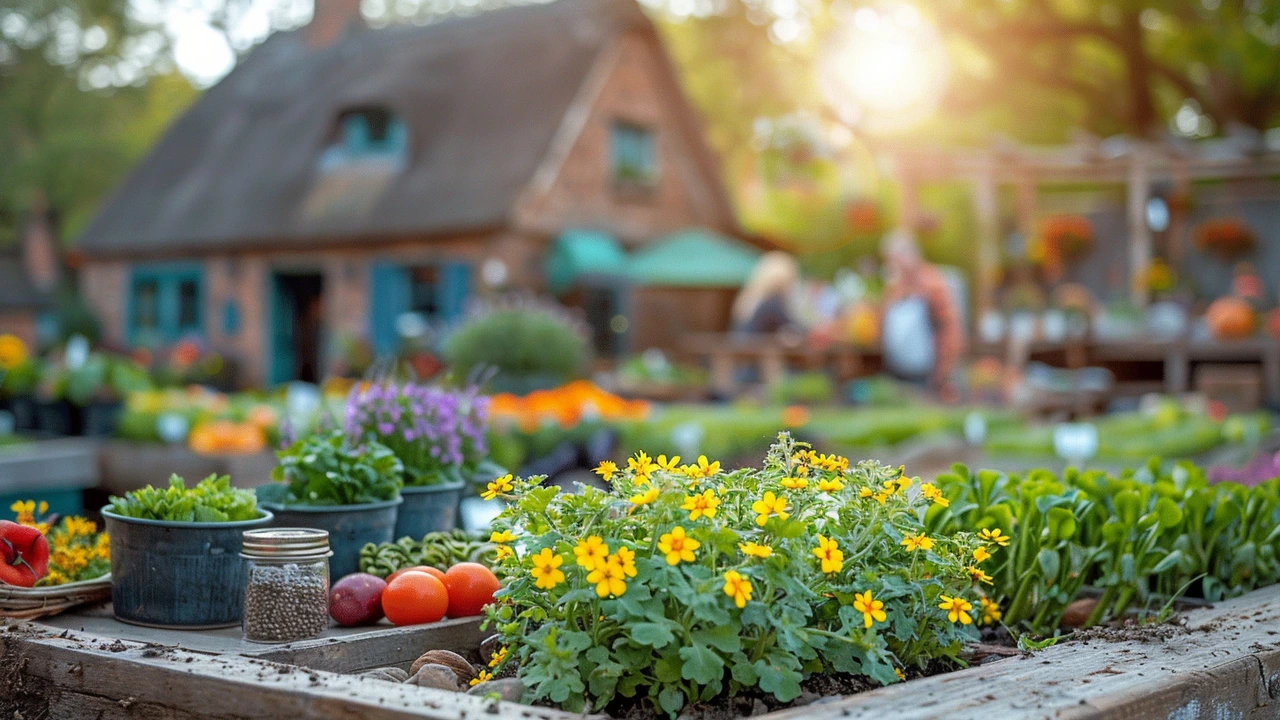Hedge Mustard: Spot It, Use It, and Stay Safe
If you’ve ever walked through a field and seen bright yellow flowers popping up everywhere, you’ve probably seen hedge mustard. It’s a common wild plant that many people mistake for harmless weeds, but it actually has a lot to offer if you know how to recognize it and use it correctly.
How to Identify Hedge Mustard in the Wild
First thing you’ll notice is the bold, sunny yellow petals arranged in a cross shape—four petals, two on each side. The leaves are lance‑shaped, with a slightly peppery bite, and they grow in a rosette close to the ground before the stems send up the flower spikes. The stems are sturdy, branching out and often have tiny hairs that feel a bit rough to the touch.
Hedge mustard prefers sunny spots, especially along roadsides, field edges, and garden borders. It loves well‑drained soils and can handle a bit of drought, which is why it shows up early in the spring when other plants are still waking up. If you see a plant that matches this description and it’s flowering, you’ve most likely found hedge mustard.
Health Benefits and Safe Ways to Use Hedge Mustard
Once you’re sure you have the right plant, you can start thinking about how to use it. The young leaves and tender stems are edible and packed with vitamin C, potassium, and antioxidants. Adding a handful of raw leaves to a salad gives a mild, peppery flavor that’s similar to arugula but less intense.
If you prefer cooked greens, lightly sauté the leaves with garlic and olive oil. The heat softens the bitterness and brings out a pleasant, nutty taste. You can also brew the leaves or flowers into a tea that some people use for digestive support. Just steep a cup of fresh or dried material in hot water for 5‑7 minutes.
While hedge mustard is safe for most people, it does contain a compound called glucosinolate, which can be irritating in large amounts. Stick to moderate portions—about a cup of raw leaves or a few teaspoons of dried herb in a tea—and avoid feeding it to children or anyone with a known mustard allergy.
When harvesting, pick the youngest leaves early in the season. Older leaves become tougher and more bitter. Use a clean pair of scissors to cut the stems just above the base, leaving the root intact so the plant can keep growing.
Finally, remember to wash the leaves thoroughly before eating or cooking. Wild plants can carry dirt, insects, or tiny bits of debris. A quick rinse under running water does the trick.
So next time you spot those cheerful yellow blooms, give hedge mustard a closer look. With the right identification and a few simple preparation steps, you can turn a common weed into a tasty, nutritious addition to your meals.
Boost Your Health with Hedge Mustard: The Ultimate Natural Supplement for Well-being
Discover how Hedge Mustard, an often overlooked herb, can transform your health. Learn about its benefits, nutritional profile, and how to incorporate it into your daily diet for optimal wellness. This guide provides practical tips and fascinating facts to help you harness the full potential of this natural supplement.

